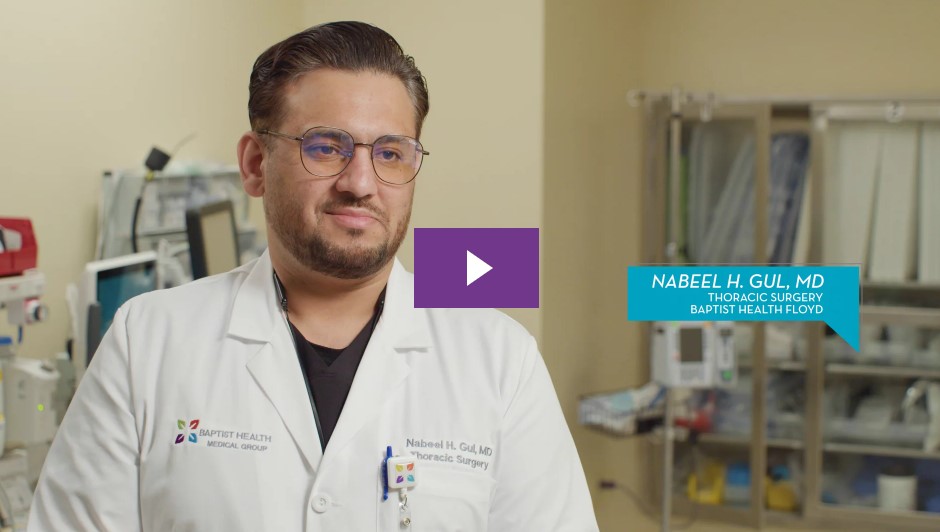Robot-Assisted Prostate Surgery
Baptist Health Paducah: Robot-Assisted Prostate Surgery
Prostate cancer is the most common non-skin cancer diagnosed in men in the U.S. Learn how Baptist Health treats prostate cancer with robotic prostate surgery.
Robot-Assisted Prostate Surgery in Paducah, KY, HealthTalks Transcript
Michael Knox, MD:
Prostate cancer is the most common cancer that’s a nonskin cancer diagnosed in men in the United States. It will affect 1 in 7 men in their lifetime. We’re able to detect prostate cancer early with PSA screening. We’re able to diagnose it better with MRI imaging and using MRI fusion biopsy, and [are] able to treat it better with noninvasive techniques.
We use the da Vinci® robot to remove the prostate. It’s a series of six small incisions. The largest is above the belly button. The important thing to remember is that the robot does not move without me making it move. I control all its movements with my hands and with my feet. I’m able to see 10 times magnification and also in 3D, which allows for very accurate and precise movements. The advantage of robotic surgery mainly is with blood loss. The transfusion rate is less than 1%, and patients are able to stay in the hospital less time. They’re able to go home with less narcotics. They’re able to get back to their normal activities quickly with the robot.
It’s very satisfying to know that [if] someone has a cancer, we can remove that, and they’re cured. I think it’s important to remember that once you’ve been diagnosed with prostate cancer, we’re with you every step of that journey. We’ll continue to help take care of you throughout the rest of your life.
Next Steps and Useful Resources
Find a Provider
Answers to Your Questions about Radiation Therapy
Prostate Cancer Treatment Options: Prostate Surgery vs Radiation
What Is Robotic Surgery?



